Design Specifications for an Auxiliary Incision Retractor in Dacryocystorhinostomy Surgeries
Abstract
1. Introduction
2. Methodology
2.1. Retraction Points
2.1.1. Instruments
2.1.2. Procedure
2.2. Geometrical Behaviour
2.2.1. Mohr Circle
2.2.2. Lamé Ellipse
2.3. Case Study
2.4. Considerations
- Each incision point has its maximum stretch and its minimum contraction (origin related).
- The maximum stretch is related to the incision length (from to ). In the experimental process, all the incisions were made at 2 cm.
- The incision retraction points (Figure 8) are matched onto the ellipse line in the following form:
- The retraction replicates an ellipse form, but it does not keep this geometry because the incision retracted has a workspace area tending to the radius or the major axis:
3. Validation
3.1. Experimental Validation
3.1.1. Experimental Arrangement
3.1.2. Experimental Results
3.2. Theoretical Validation
Computational Software
3.3. Design Specifications
4. Discussion
5. Conclusions
5.1. Experimental Conclusions
- The force-retraction effects are related to the incision type, the points retraction number, and the incision location. These effects are factors that alter the deformation and the skin behavior
- From the experiment, it can be inferred that skin tends to be more stable through time. The RRS tolerances can be defined with the media and maximum values of the experiment.
- The skin retraction can be inferred as a scalable process related to forces and lengths.
- For a homogeneous workspace, the retraction process must have at least six retraction points. The simplest skin retracted geometrical form is an Ellipse.
5.2. Theoretical Conclusions
- The mathematical model requires, as input, to know the systems’ forces and lengths in the retraction process; then, it will compute the system strains and resulting areas.
- The mathematical model and the design specifications are valid when the skin retracted behaves as a flexible body.
- The strain system will behave as the model predicts. If the incision retraction points are mobiles, the workspace area will be almost the same in all of the procedures.
- If the stretching length is increased, the incision length will decrease.
- The mathematical model behaves as the Robotic Retractor System requires. It is assumed that the actuator for the RRS will replicate the retraction process model with the tolerances founded in the experimental part.
- With the measures obtained, it is possible to build a Robotic Retractor System.
6. Patents
Author Contributions
Funding
Acknowledgments
Conflicts of Interest
References
- Weber, R.K.; Keerl, R.; Schaefer, S.D.; Rocca, R.C. Atlas of Lacrimal Surgery; Springer Science & Business Media: Berlin, Germany, 2007; Volume 10. [Google Scholar]
- Ali, M.J. Principles and Practice of Lacrimal Surgery; Springer: Berlin, Germany, 2018. [Google Scholar]
- Presutti, L.; Mattioli, F. (Eds.) Endoscopic Surgery of the Lacrimal Drainage System; Springer: Berlin, Germany, 2016. [Google Scholar]
- Robles-Bringas, A.; del Ángel-Arenas, M.T.; Bustamante-Domínguez, G. Experiencia en cirugía para dacriocistitis en el Hospital General de México. Rev. Mex. De Oftalmol. 2009, 83, 293–295. [Google Scholar]
- Vidas, O.L.C.S.S. Alianza Mundial para la Seguridad del Paciente. In Segundo Reto Mundial por la Seguridad del Paciente; Organización Mundial de la Salud: Geneva, Switzerland, 2008; Available online: https://www.who.int/patientsafety/information_centre/documents/ps_research_brochure_es.pdf (accessed on 13 January 2020).
- Vishwakarma, R.; Singh, N.; Ghosh, R. A study of 272 cases of endoscopic dacryocystorhinostomy. Indian J. Otolaryngol. Head Neck Surg. 2004, 56, 259–261. [Google Scholar] [PubMed]
- Fine, I.H.; Mojon, D.S. (Eds.) Minimally Invasive Ophthalmic Surgery; Springer: Berlin, Germany, 2010. [Google Scholar]
- Deshpande, S.; Agashe, A.; Loomba, A.; Dhiware, N. Step-by-step dacryocystorhinostomy for beginners: An expert’s view. J. Clin. Ophthalmol. Res. 2014, 2, 161. [Google Scholar]
- Ali, M.J.; Naik, M.N.; Honavar, S.G. External dacryocystorhinostomy: Tips and tricks. Oman J. Ophthalmol. 2012, 5, 191. [Google Scholar] [CrossRef] [PubMed]
- Sundaram, V.; Barsam, A.; Barker, L.; Khaw, P.T. Training in Ophthalmology; Oxford University Press: Oxford, UK, 2016. [Google Scholar]
- Metson, R.; Woog, J.J.; Puliafito, C.A. Endoscopic laser dacryocystorhinostomy. Laryngoscope 1994, 104, 269–274. [Google Scholar] [CrossRef] [PubMed]
- Junceda-Moreno, J.; Dos-Santos-Bernardo, V.; Suárez-Suárez, E. Técnica de doble intubación para el tratamiento de la epífora en casos complicados. Arch. De La Soc. Espa Nola De Oftalmol. 2006, 81, 101–106. [Google Scholar] [CrossRef] [PubMed][Green Version]
- Benatar-Haserfaty, J.; Monleón de la Calle, M.; Sanz-López, A.; Muriel García, A. Dacriocistorrinostomía externa realizada en el consultorio bajo anestesia locorregional y sedación. Rev. Espa Nola De Anestesiol. Y Reanim. 2007, 54, 23–28. [Google Scholar]
- Netzlaff, F.; Schaefer, U.F.; Lehr, C.M.; Meiers, P.; Stahl, J.; Kietzmann, M.; Niedorf, F. Comparison of bovine udder skin with human and porcine skin in percutaneous permeation experiments. Altern. Lab. Anim. ATLA 2006, 34, 499–513. [Google Scholar] [PubMed]
- Schmook, F.P.; Meingassner, J.G.; Billich, A. Comparison of human skin or epidermis models with human and animal skin in in-vitro percutaneous absorption. Int. J. Pharm. 2001, 215, 51–56. [Google Scholar] [CrossRef]
- García Sánchez, J.; Aguilera Terrats, J.R.; Castillo Rosas, A. Guía técnica para la construcción de escalas de actitud. Revista electrónica de pedagogía 2011. [Google Scholar]
- Matas, A. Diseño del formato de escalas tipo Likert: Un estado de la cuestión. Rev. Electrónica De Investig. Educ. 2018, 20, 38–47. [Google Scholar] [CrossRef]
- Joodaki, H.; Panzer, M.B. Skin mechanical properties and modeling: A review. Proc. Inst. Mech. Eng. Part H: J. Eng. Med. 2018, 232, 323–343. [Google Scholar] [CrossRef] [PubMed]
- Benner, D.C.; Rinsland, C.P.; Devi, V.M.; Smith, M.A.H.; Atkins, D. A multispectrum nonlinear least squares fitting technique. J. Quant. Spectrosc. Radiat. Transf. 1995, 53, 705–721. [Google Scholar] [CrossRef]
- Linero, D.L. Elementos de la Mecánica del Medio Continuo para Cuerpos Sólidos; University Nacional de Colombia: Bogotá, Colombia, 2010. [Google Scholar]
- Olivella, X.O.; de Saracíbar Bosch, C.A. Mecánica de Medios Continuos para Ingenieros; University Politèc. de Catalunya: Barcelona, España, 2002; Volume 92. [Google Scholar]
- CHAVES, E.W.V. Mecánica del medio continuo. In Modelos Constitutivos; CIMNE: Barcelona, Spain, 2014; pp. 978–984. [Google Scholar]
- Cavas-Martínez, F.; Piñero, D.; Fernández-Pacheco, D.; Mira, J.; Cañavate, F.; Alió, J. Assessment of Pattern and Shape Symmetry of Bilateral Normal Corneas by Scheimpflug Technology. Symmetry 2018, 10, 453. [Google Scholar] [CrossRef]
- Font, R.; Peria, F. The Finite Element Method with FreeFem++ for Beginners. Electron. J. Math. Technol. 2013, 7. [Google Scholar]
- Hecht, F.; Pironneau, O.; Le Hyaric, A.; Ohtsuka, K. FreeFem++ Manual. 2005. Available online: https://web.math.pmf.unizg.hr/nastava/ppm2/manual-full.pdf (accessed on 13 January 2020).

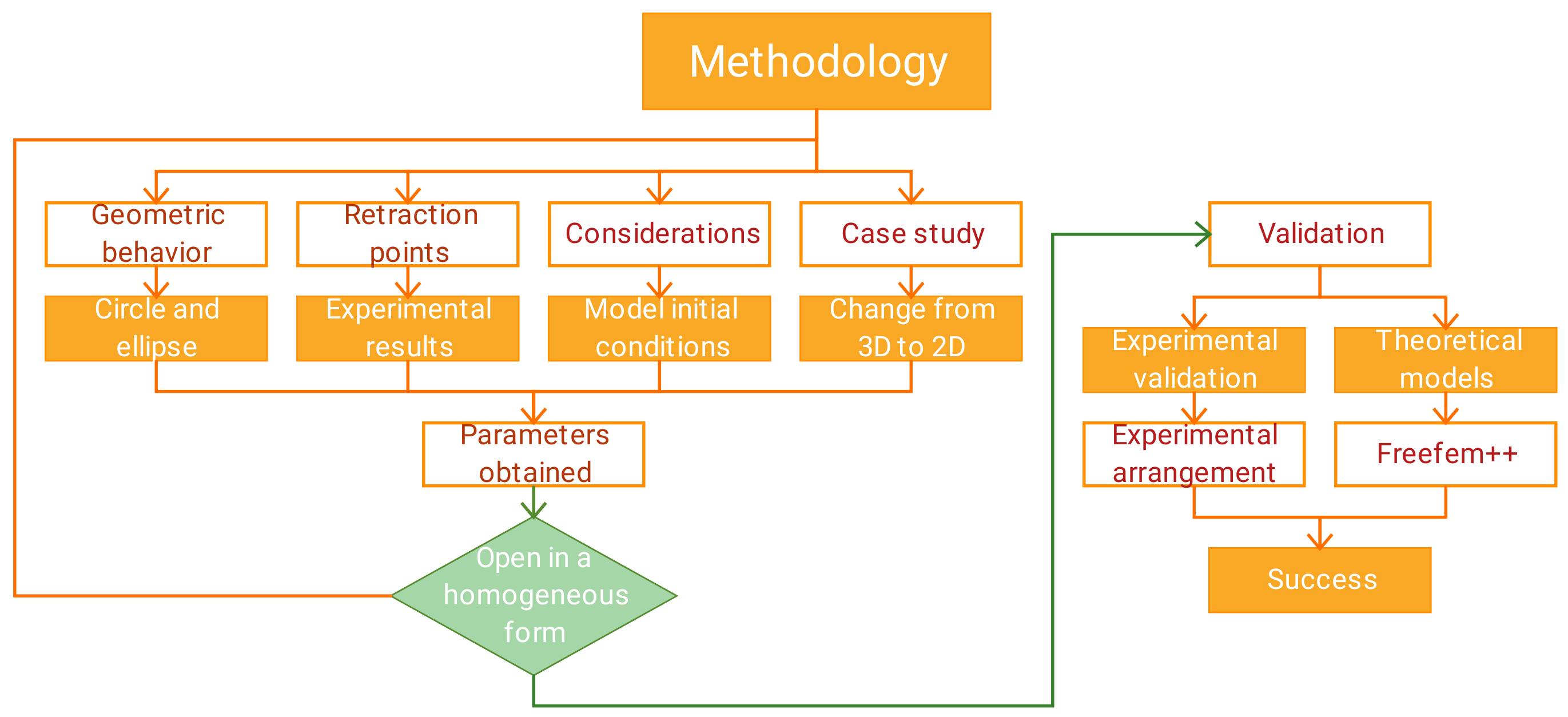
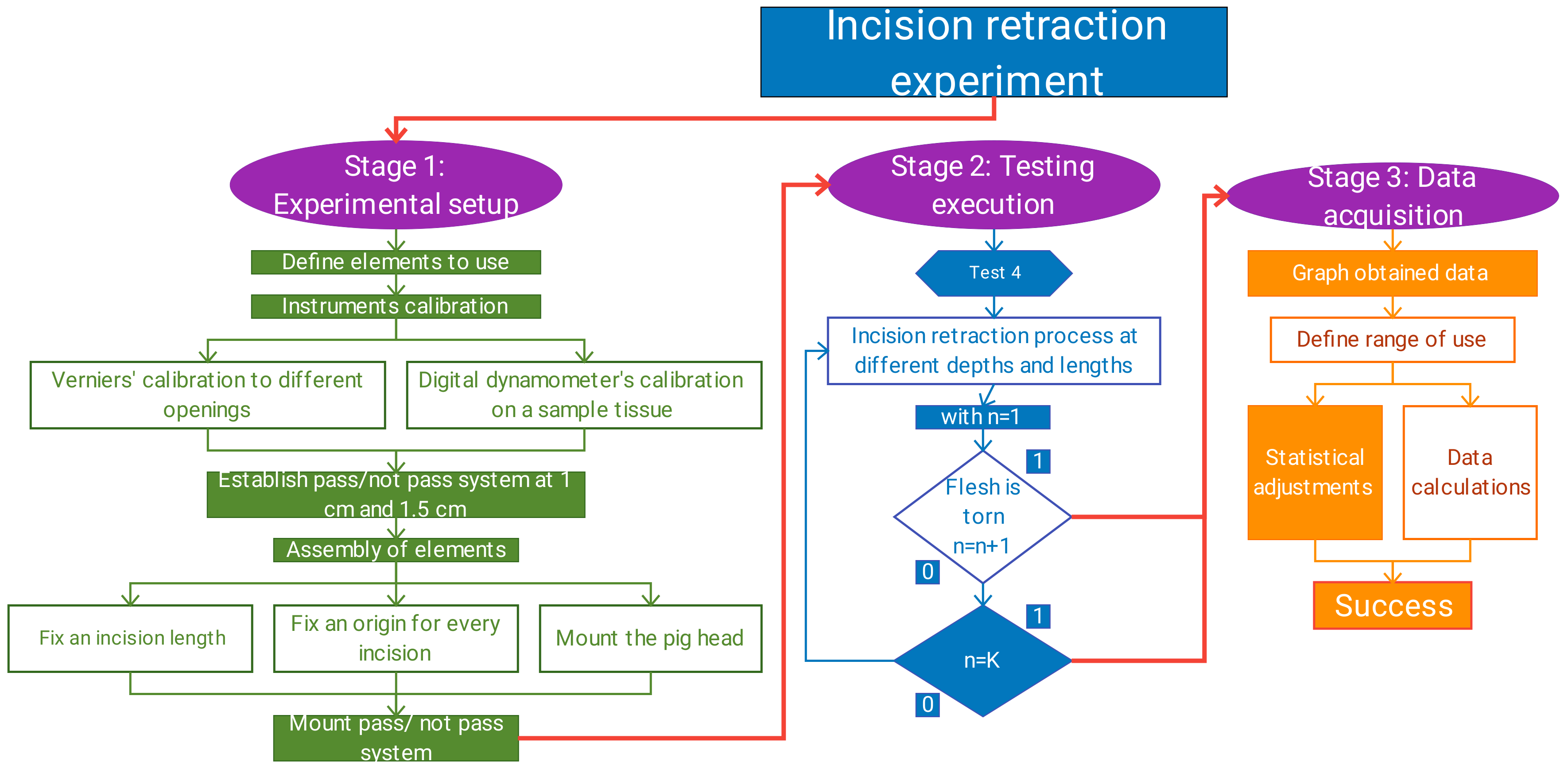
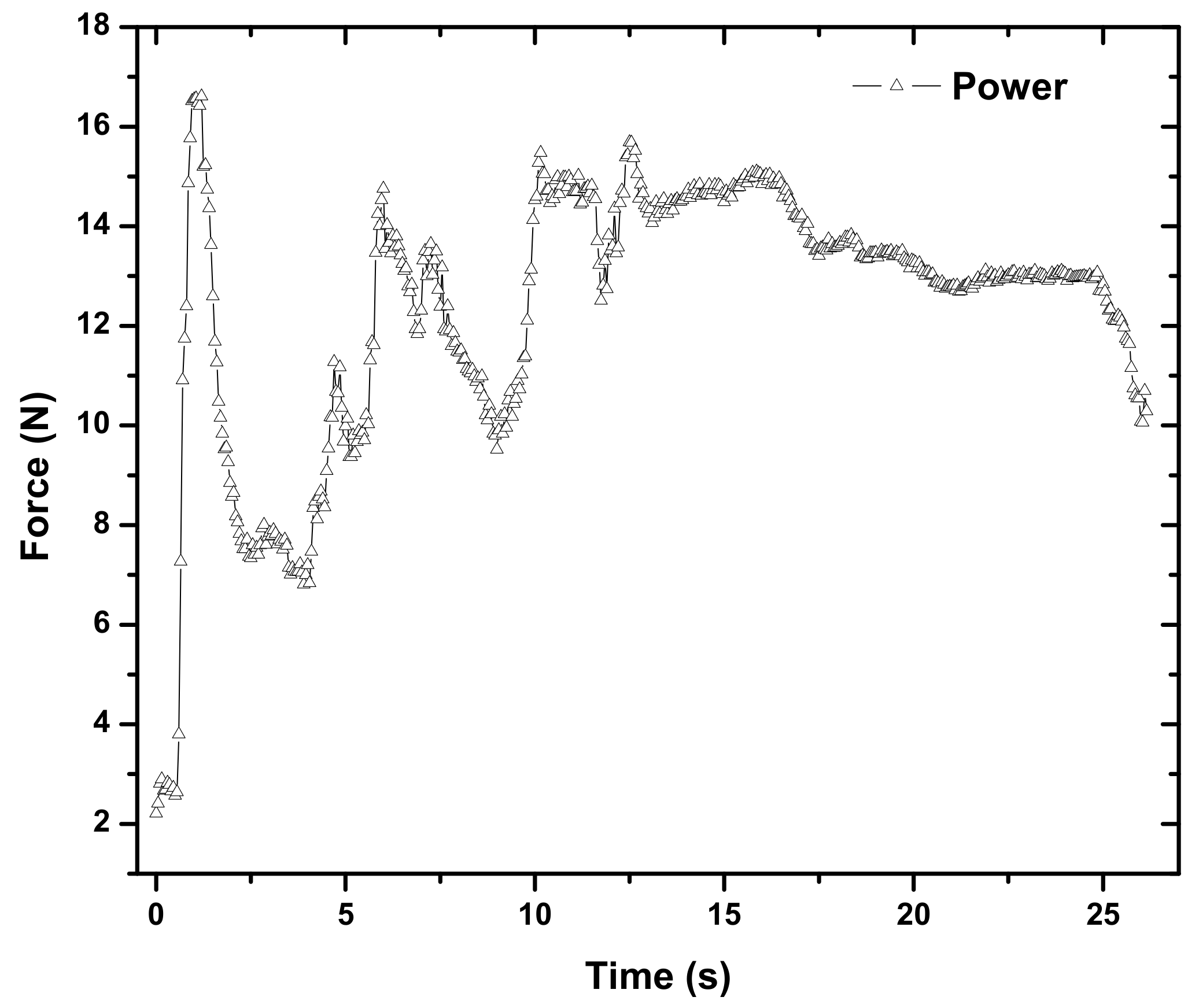
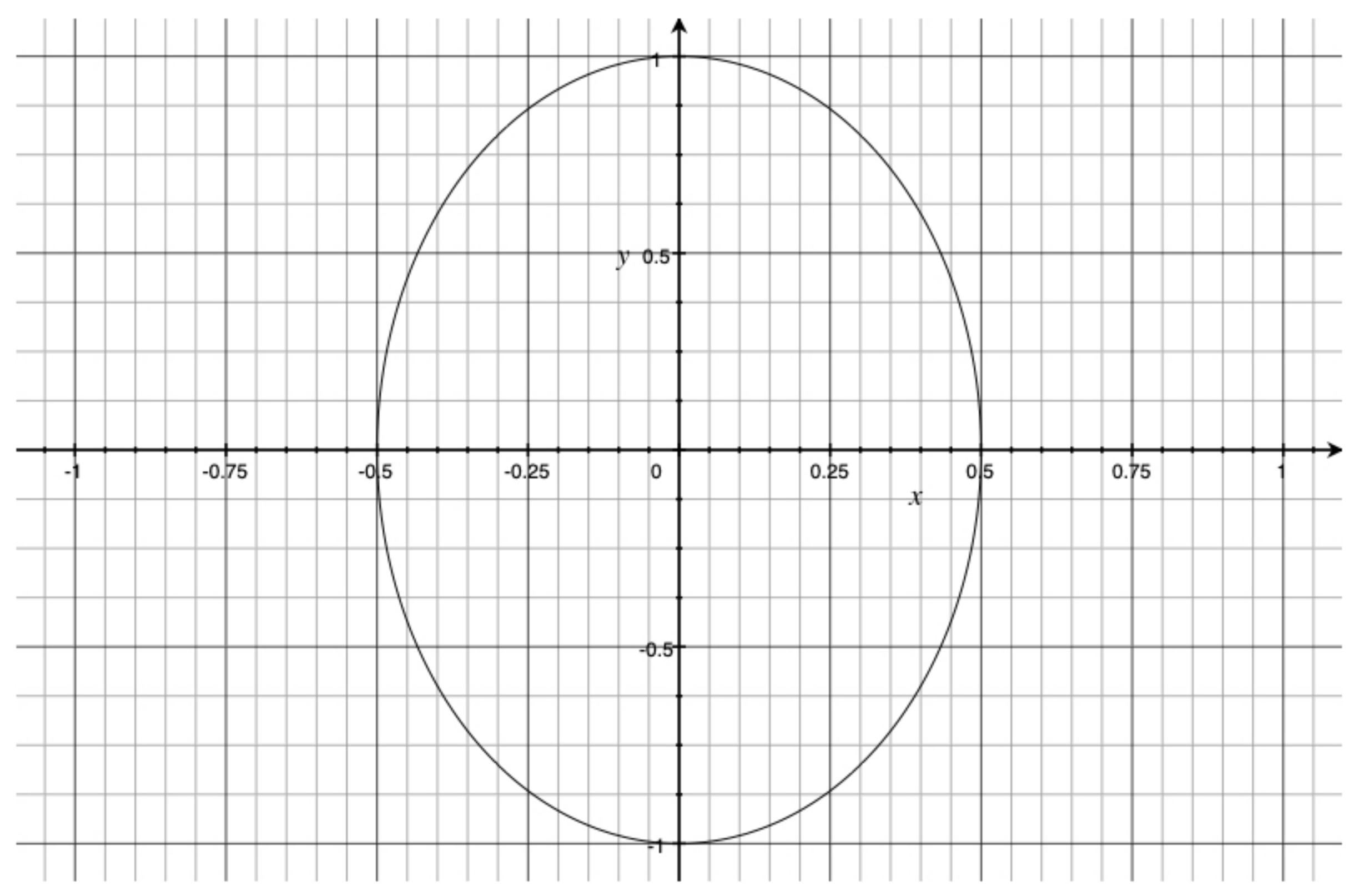
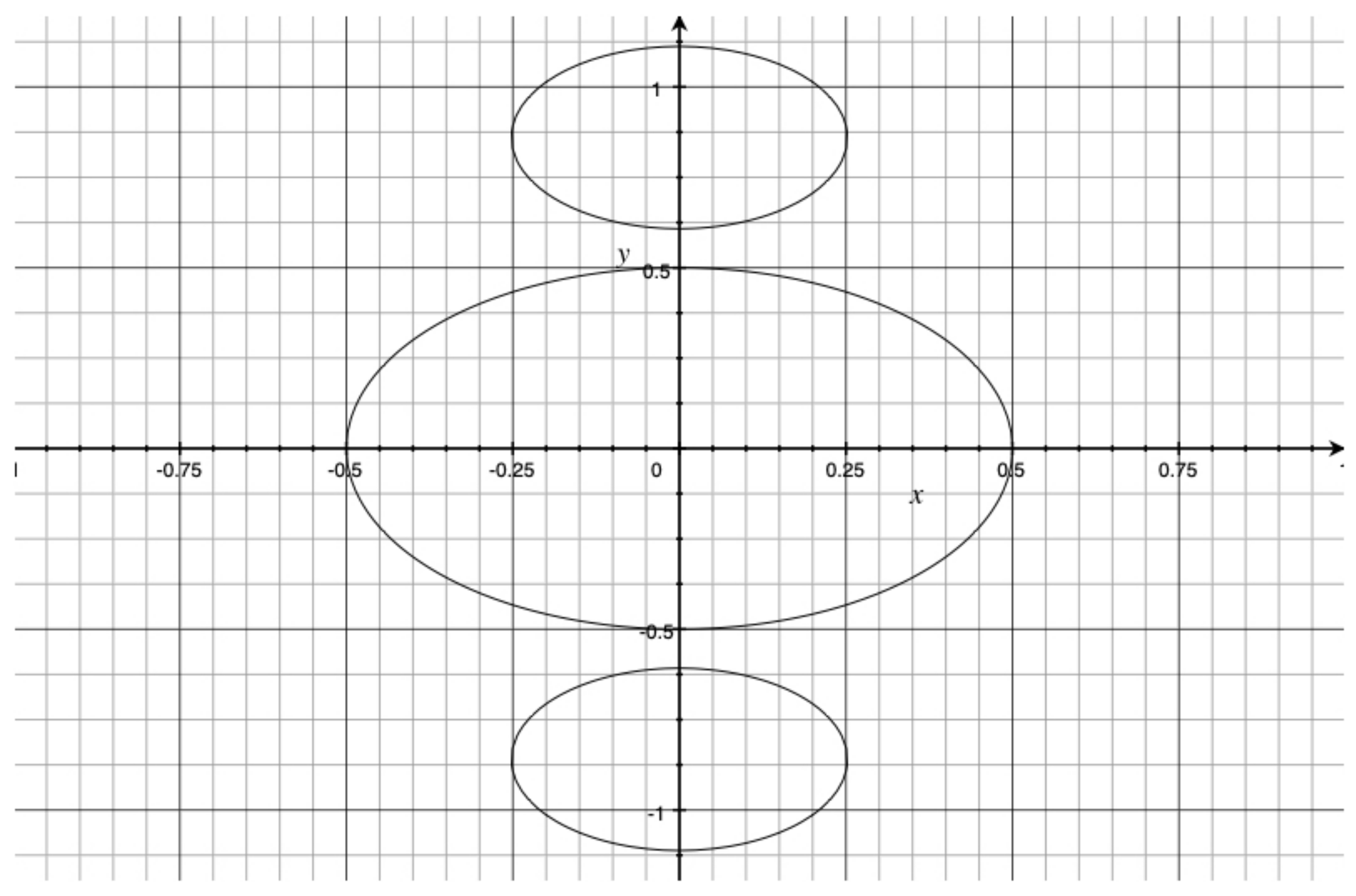



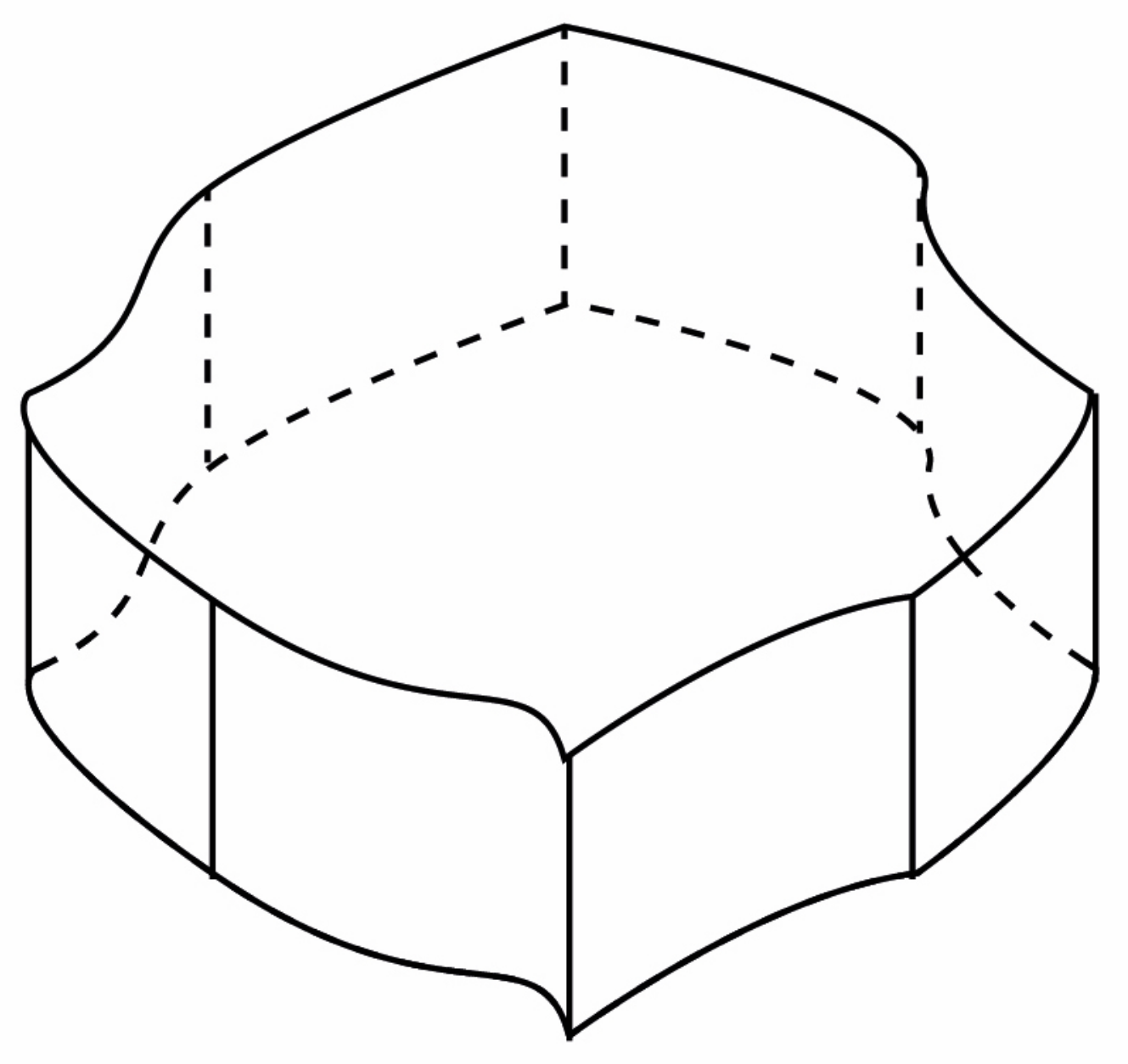
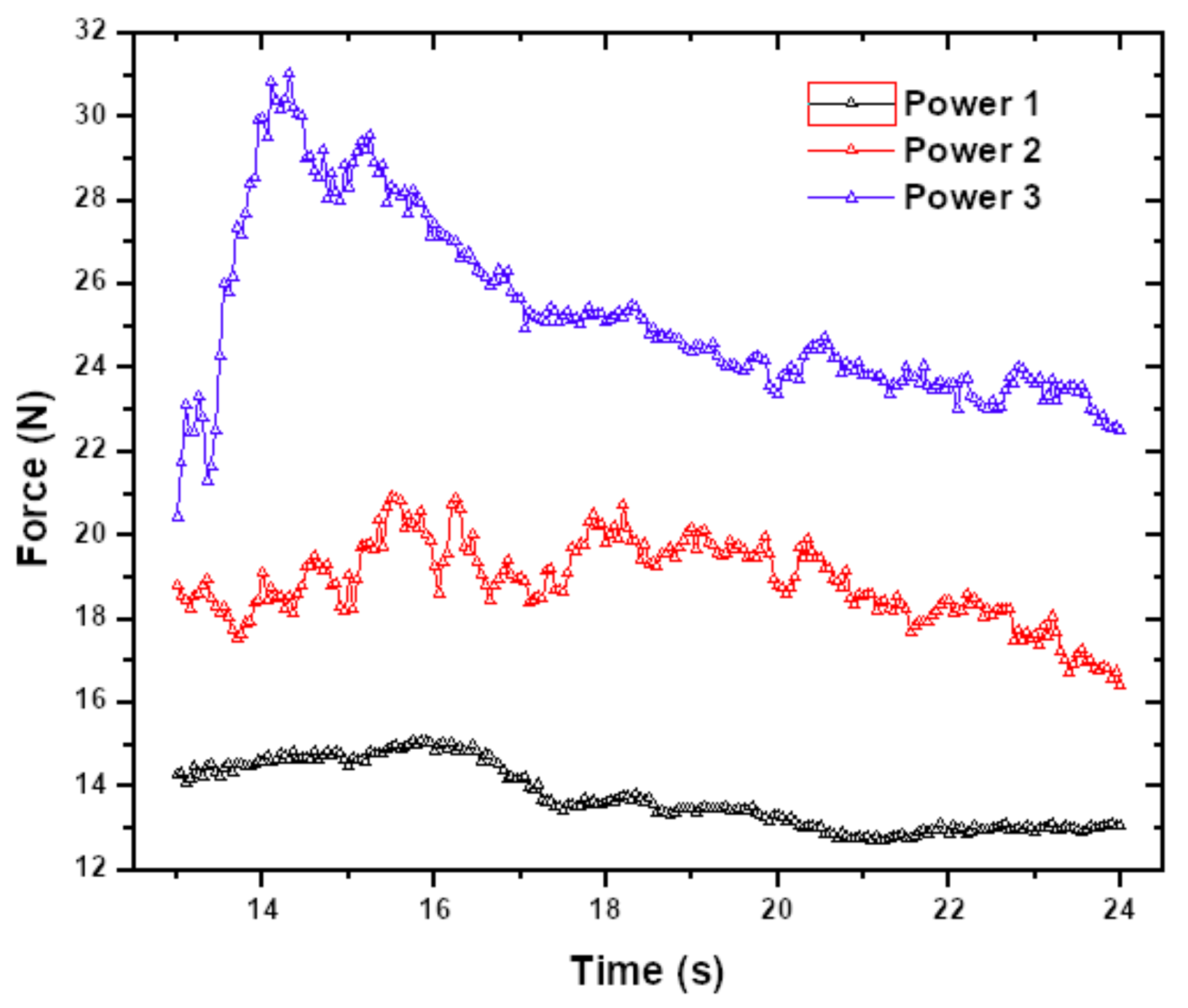
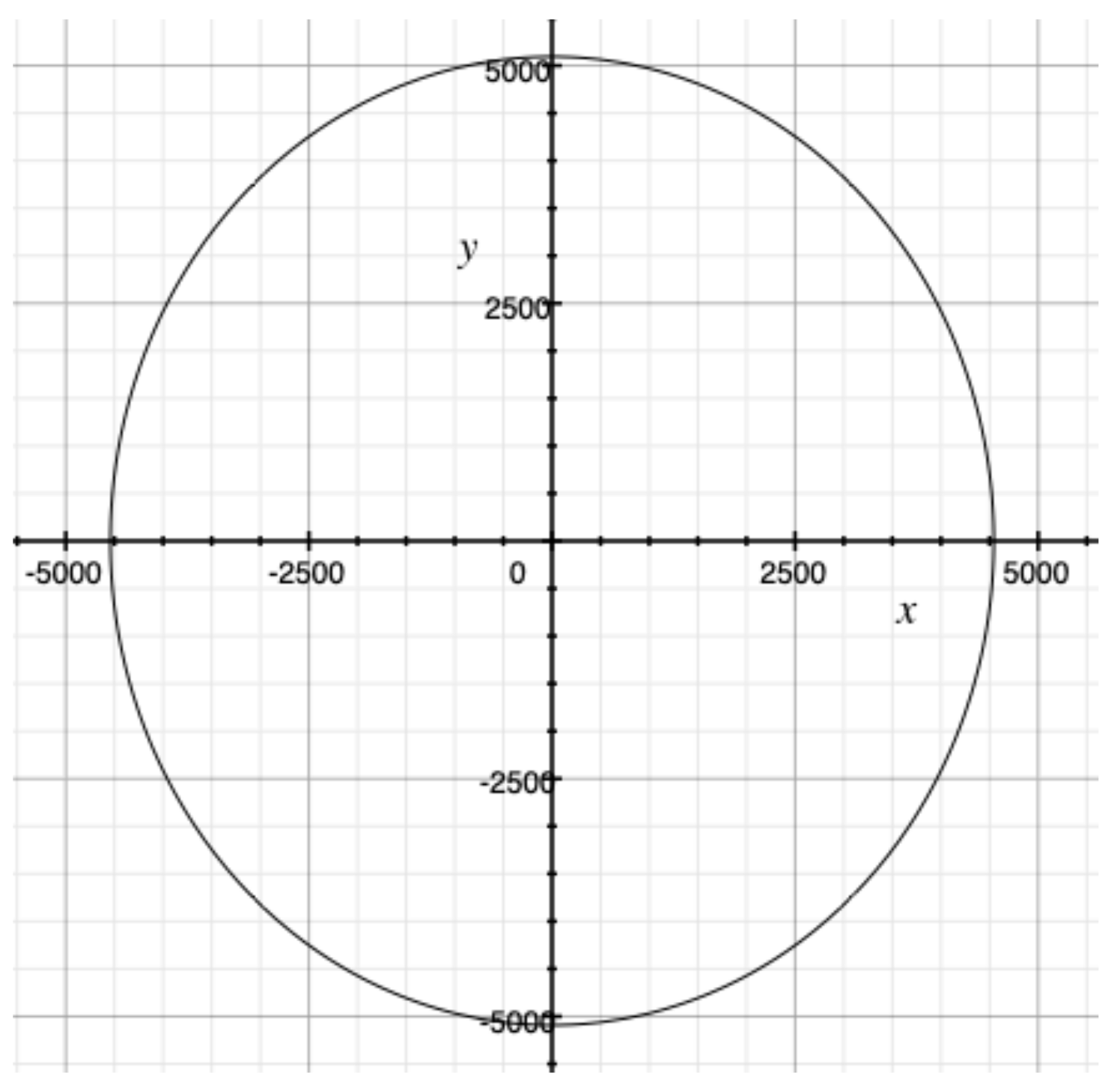
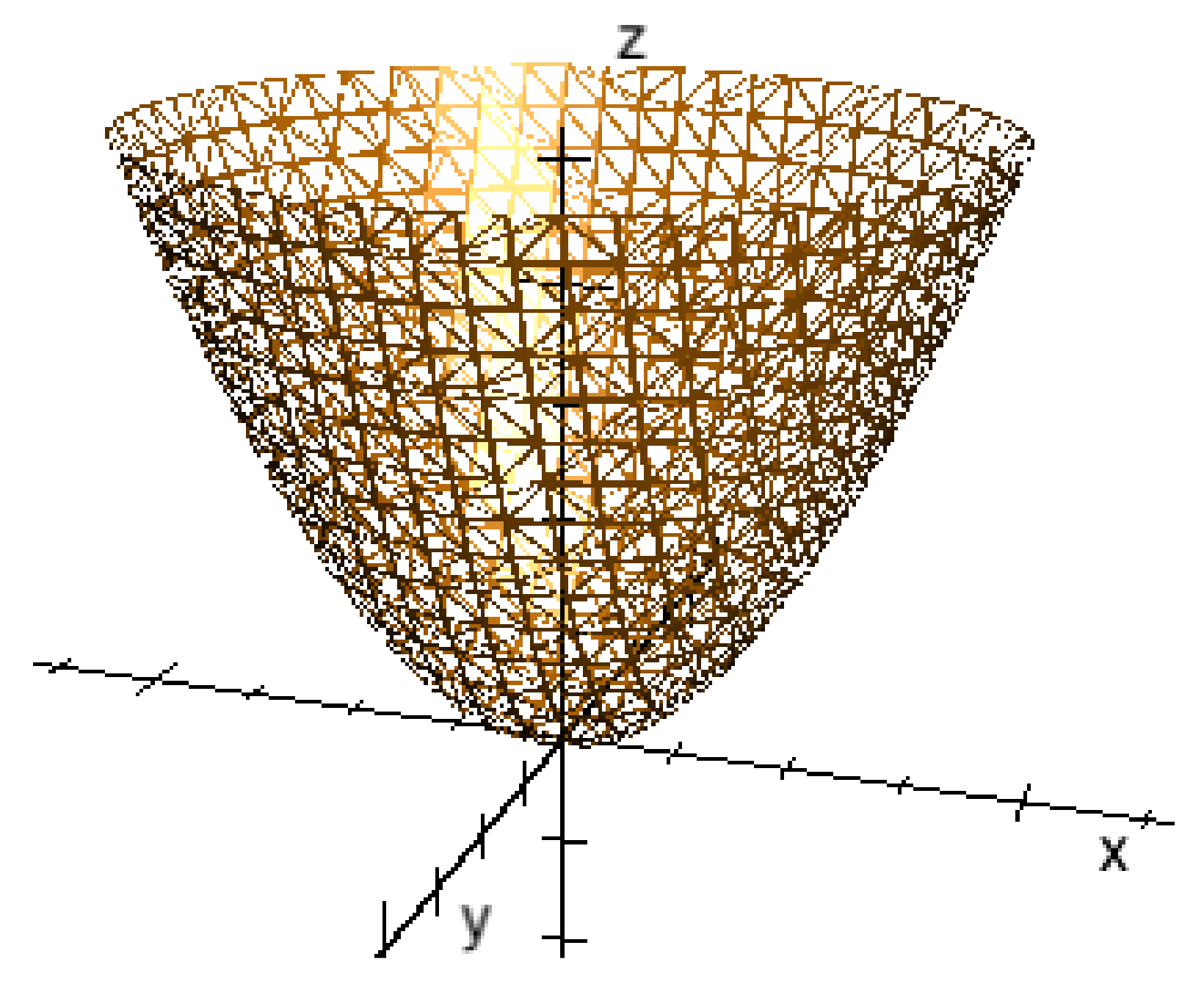

| Instruments | ||
|---|---|---|
| Anesthesia | Vaso-builder spray | Antiseptic |
| Cold scalpel | Scissors | Retractors |
| Curved mosquito | Wescott scissors | Silicone tubes |
| Characteristics | |
|---|---|
| Animal part | Pig’s head |
| Age | 6 months |
| Animal’s weight | 92 kg |
| Head’s weight | 2.1 kg |
| Long: 500 | |
| Dimensions (mm) | Width: 130 |
| High: 120 | |
| TIF certification | Yes |
| Instrument | Amount | Characteristics |
|---|---|---|
| Digital dynamometer | 1 | PASCO Scientific CI-6537 force sensor |
| Analog Vernier | 2 | Metromex 333-P plastic range of 5 mm |
| Light | 1 | TEKCOPLUS DSTK-110 |
| Universal support | 3 | Dipstick size 600 mm y Base size (200 × 140) mm |
| Scalpel | 1 | Zamsa model zs-05-1105 |
| Characteristics | |
|---|---|
| Animal part | Pig’s head |
| Age | 6 months |
| Animal’s weight | 9 kg |
| Head’s weight | 2 kg |
| Long: 450 | |
| Dimensions (mm) | width: 125 |
| High: 115 | |
| TIF certification | Yes |
| Forces in Each Test | |||||||
|---|---|---|---|---|---|---|---|
| Test | Average | Standard Deviation | Variance | Kurtosis | Median | Maximum | Minimum |
| T1 | 13.74529 | 0.76547 | 0.58595 | −2.5806 | 13.52 | 15.1 | 12.69 |
| T3 | 18.88036 | 0.96741 | 0.93588 | −3.2372 | 18.81 | 20.91 | 16.4 |
| T4 | 25.26041 | 2.17057 | 4.71137 | −2.6636 | 24.55 | 31.05 | 20.45 |
| Average Forces from Three Test | |||||||
|---|---|---|---|---|---|---|---|
| Total Events | Average | Standard Deviation | Variance | Kurtosis | Median | Maximum | Minimum |
| 221 | 19.29535 | 1.10309 | 1.2168 | −2.6835 | 19.17 | 21.4066 | 17.3166 |
| Requirements | Strains (x,y) | ||||
|---|---|---|---|---|---|
| Area 1 | 0.00001 m | 1,374,000 | −1,373,999.986 | ||
| Area 2 | 0.00002 m | 944,000 | −943,999.9859 | ||
| Force 1 | 13.74 N | 1,263,000 | −1,262,999.979 | ||
| Force 2 | 18.88 N | ||||
| Force 3 | 25.26 N | ||||
| Incision Force Retraction (Length-Depth) | Experiment 1 | Experiments 2 |
|---|---|---|
| 13.74 N (1 cm − 2 mm) | 1.28 cm | 1.02 cm |
| 18.88 N (1 cm − 4 mm) | 1.2 cm | 1.14 cm |
| 25.26N (1.5 cm − 4 mm) | 1.41 cm | 1.62 cm |
| Figure | Area (cm2) | Pressure (Pa) |
|---|---|---|
| Superior Part | 3.141 | 43,735.7 |
| Inferior Part | 7.068 | 26,709.7 |
| Workspace | 26,801.6 |
© 2020 by the authors. Licensee MDPI, Basel, Switzerland. This article is an open access article distributed under the terms and conditions of the Creative Commons Attribution (CC BY) license (http://creativecommons.org/licenses/by/4.0/).
Share and Cite
Ramírez-Beltrán, V.O.; Z.-Avilés, L.A.; Valdovinos-Rosas, R.M.; Reyes-Lagos, J.J.; Cruz-Martínez, G.M. Design Specifications for an Auxiliary Incision Retractor in Dacryocystorhinostomy Surgeries. Appl. Sci. 2020, 10, 605. https://doi.org/10.3390/app10020605
Ramírez-Beltrán VO, Z.-Avilés LA, Valdovinos-Rosas RM, Reyes-Lagos JJ, Cruz-Martínez GM. Design Specifications for an Auxiliary Incision Retractor in Dacryocystorhinostomy Surgeries. Applied Sciences. 2020; 10(2):605. https://doi.org/10.3390/app10020605
Chicago/Turabian StyleRamírez-Beltrán, V. O., L. A. Z.-Avilés, R. M. Valdovinos-Rosas, J. J. Reyes-Lagos, and G. M. Cruz-Martínez. 2020. "Design Specifications for an Auxiliary Incision Retractor in Dacryocystorhinostomy Surgeries" Applied Sciences 10, no. 2: 605. https://doi.org/10.3390/app10020605
APA StyleRamírez-Beltrán, V. O., Z.-Avilés, L. A., Valdovinos-Rosas, R. M., Reyes-Lagos, J. J., & Cruz-Martínez, G. M. (2020). Design Specifications for an Auxiliary Incision Retractor in Dacryocystorhinostomy Surgeries. Applied Sciences, 10(2), 605. https://doi.org/10.3390/app10020605






